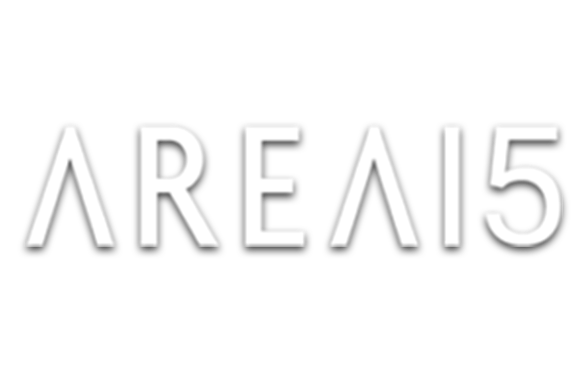As technology advances, more and more businesses are discovering new and innovative ways to use it for their benefit. One such business is the field of photogrammetry. What is photogrammetry, you ask? Simply put, it is the art and science of making measurements from photographs. It is a technique that has been around for centuries, but with the advancement of technology, its uses are becoming more varied and widespread than ever before. So, what is its history, and what are some things that photogrammetry can be used for? Let’s take a closer look.



The History of Photogrammetry
If there’s one thing we can say about our tech advancements, it’s that it has significantly changed audio-visual media. Where a mere two decades ago, our media experiences consisted of sitting in front of a television set or radio. We consumed our content through one channel at a scheduled time. Fast-forward to today, we have virtually everything we want, when we want it. This has resulted in an influx of information and media being thrown at consumers. Now, creating an impactful media experience is a constant challenge, as there’s a perpetually rising bar driven by fast-paced change and the need to stay relevant. On the cutting edge of these technological advancements in media are 360 video projections, also known as spherical projections. This refers to the projection of imagery or video in a manner that surrounds the audience, invoking the feeling of being immersed in the media. This includes 360 projection-mapped rooms, projections on irregularly shaped objects or spaces, and spherically shaped projection domes . For those who are serious about making their messaging memorable, spherical projections on a 360-degree projection screen are the standout means in a world surrounded by screens. Let’s look over the basics of video projection.


Lumen and Forge Photogrammetry
In one of our recent events at the Tropicana, we used photogrammetry techniques to create an accurate 3D rendering of the building. We used this model to create the projections required to build the world’s largest video game screen (a record-breaking event!). For 3D rendering and event design, photogrammetry is a powerful tool and can save hours in design and planning work. High-quality images can be inputted directly into rendering software to automatically duplicate the dimensions of a building. It makes our work in custom content creation a lot more accurate and efficient.
Photogrammetry in 2022
With the advances in technology, photogrammetry has become incredibly sophisticated. While the technology has been around for some time, it has only recently become widely available and affordable. This means that more and more people can take advantage of its possibilities, including developers of video games and movies, engineers, real estate agents, and businesses and consumers interested in immersive events. Let’s take a closer look at the innovative uses for photogrammetry…
Photogrammetry has a long and storied history, with new developments and applications being discovered all the time. Photogrammetry technology is constantly evolving, making it an important tool for everything, especially in immersive events. As this field continues to grow, we can only expect even more amazing things to be done with photogrammetry. What do you think will be the next big application for photogrammetry? Want to learn more about how photogrammetry can take your immersive events to the next level? We’d love to show you. Contact us now.

































